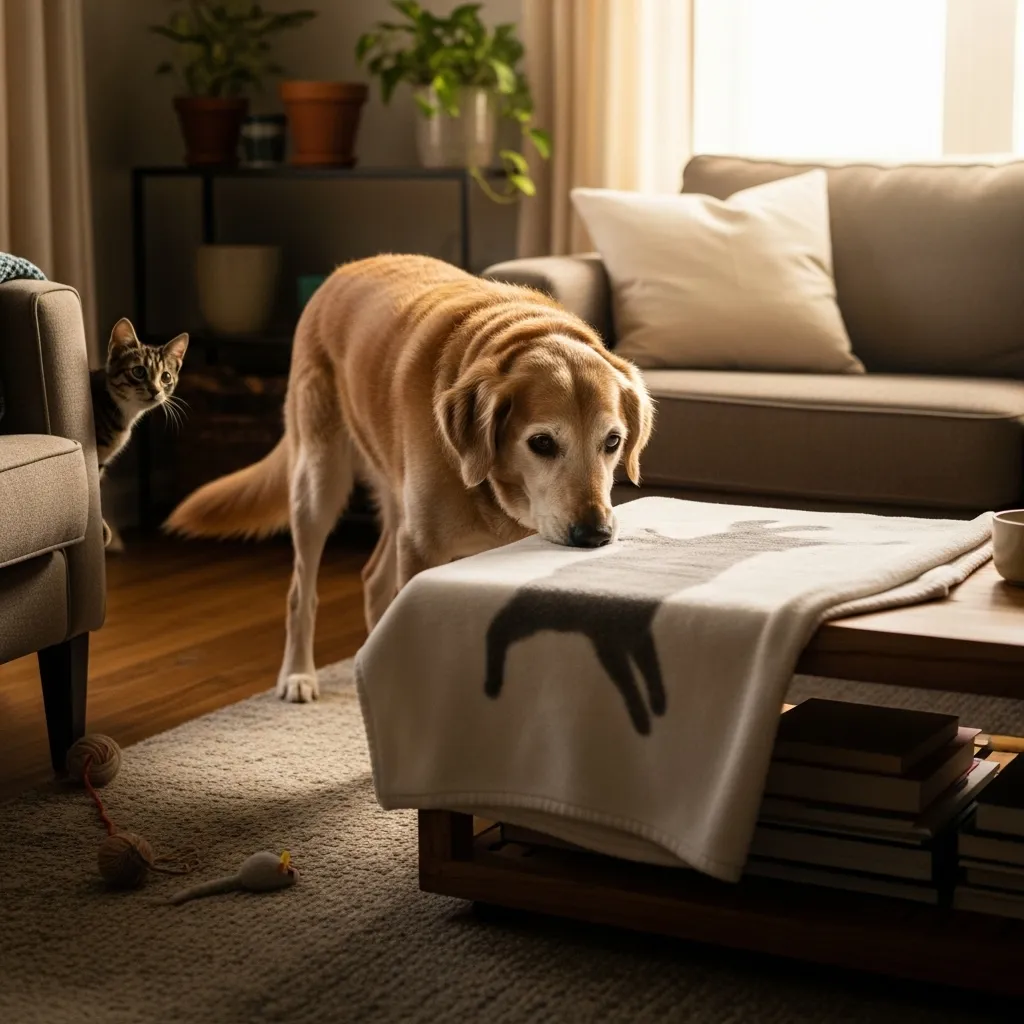
Bringing the New Pet Home: The First Weeks of Your New Life
After a successful neutral-ground meeting, it’s time to bring the new pet home. But the careful management doesn’t stop here—in fact, it intensifies. The first few weeks are a critical adjustment period for everyone in your multi-pet household.
The Decompression Period is Non-Negotiable
For the new pet, everything is unfamiliar: the sights, sounds, smells, and routines. They need time to settle in and learn that this new place is safe. This is known as the decompression period, and it can last anywhere from a few days to several months. During this time, it’s best to keep interactions with your resident dog minimal, structured, and always supervised.
When you first arrive home, take both dogs for another short, parallel walk around the neighborhood before going inside. Let your senior dog enter the house first. Bring the new pet in on a leash and let them calmly explore a designated, gated-off area while your senior dog is in another room or their safe zone. This prevents any immediate territorial disputes.
Maintain Separation and Structure
For at least the first week, and possibly longer, the dogs should be kept separate unless you are actively supervising a brief, positive interaction. Use your baby gates, crates, and closed doors. This prevents them from practicing unwanted behaviors (like chasing or bullying) and gives them valuable downtime from each other. Think of it as “separate but equal.” They can see and smell each other through a gate, which is a low-pressure way for them to get used to each other’s presence.
Structured, supervised time together might involve another parallel walk, or simply letting them hang out in the same room on leashes while you relax on the couch. Reward calm behavior. Keep these sessions short—just 5 to 10 minutes at a time—and always end on a good note, before either dog gets tired, overstimulated, or stressed.
Reassure Your Senior Dog
It is absolutely vital to maintain your senior dog’s routine and give them plenty of one-on-one attention. They need to know that this new arrival has not replaced them. Make time for their special walks, their favorite grooming sessions, or just quiet cuddle time on the couch in their safe zone. This reassurance helps prevent feelings of anxiety or so-called “jealousy” and reinforces your bond.
Worked Mini-Example #2: A Day in the First Week
7:00 AM: New dog (Daisy) is taken out for a potty break on leash while senior dog (Rusty) is in his safe zone (the bedroom).
7:15 AM: Daisy is fed in her crate in the kitchen. Rusty is fed in the bedroom.
8:00 AM: Rusty goes for his normal solo walk, his favorite part of the day.
9:00 AM: Daisy has a short training session in the living room while Rusty naps in the bedroom with the door closed.
12:00 PM: Both dogs go for a 15-minute parallel walk together with two handlers.
1:00 PM: Both dogs have nap time in their separate, secure areas.
4:00 PM: A baby gate separates the living room and kitchen. Rusty chews on a dental stick in the living room while Daisy works on a food puzzle in the kitchen. They can see each other but cannot interact.
7:00 PM: Family relaxation time. Both dogs are on leashes on opposite sides of the room, being rewarded for calm behavior.
9:00 PM: Final potty breaks (separately), then bedtime in their respective safe spaces.














